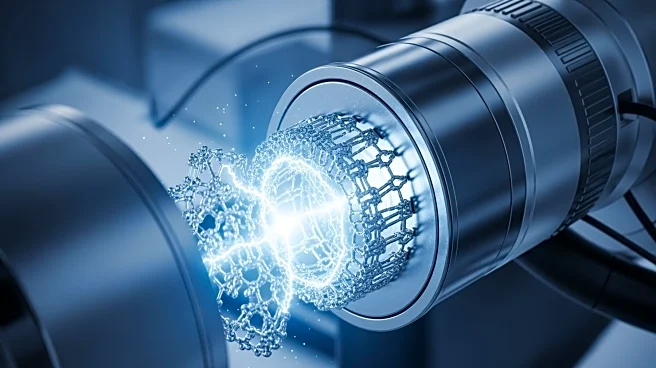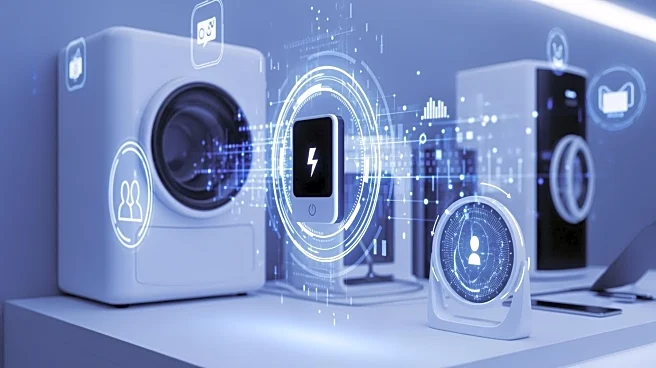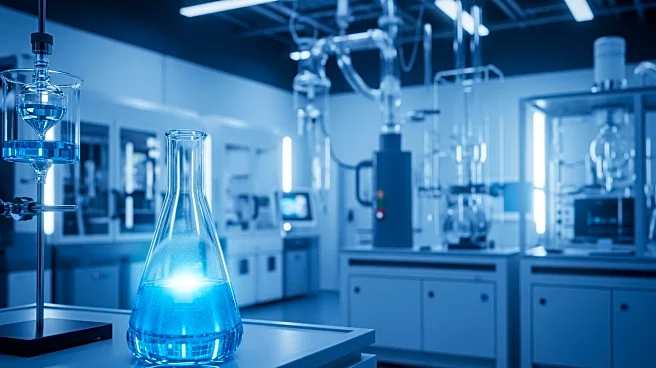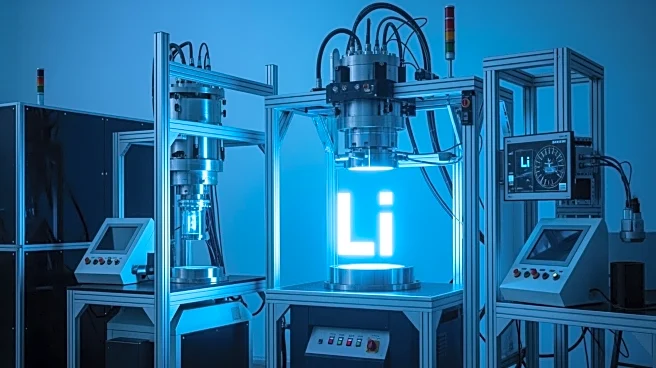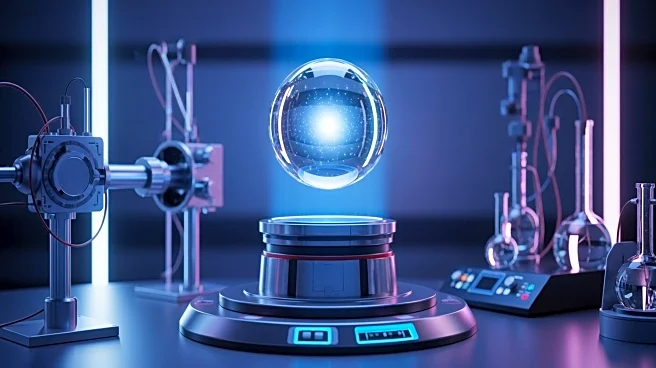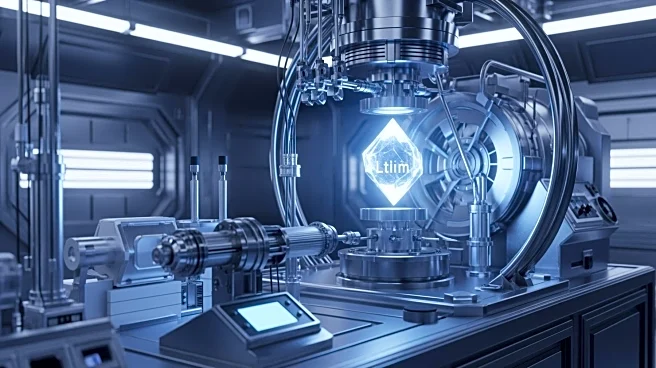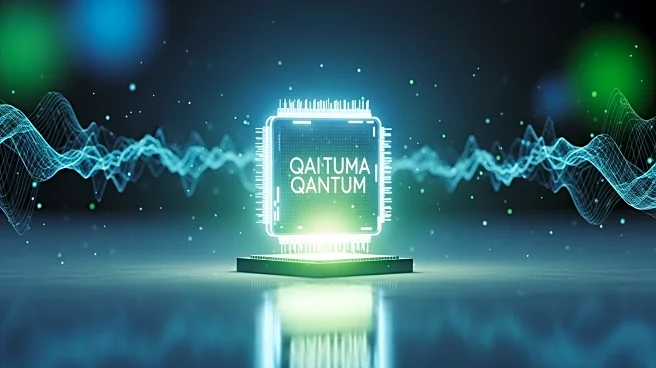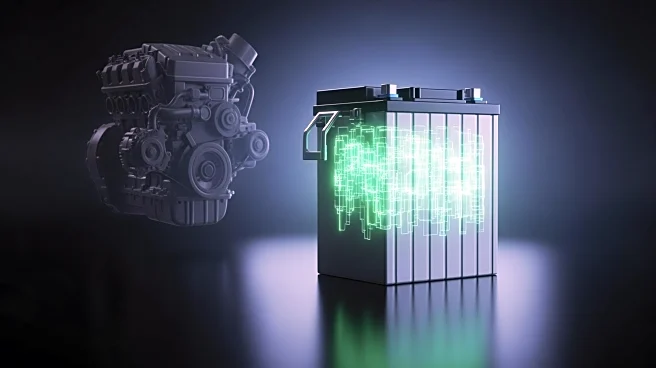What's Happening?
Researchers are utilizing in situ electrochemical transmission electron microscopy (TEM) to study the solid-electrolyte interphase (SEI) in lithium-ion batteries. The SEI, a passivation layer between the anode and electrolyte, can degrade over time, affecting
battery performance. In situ TEM allows for real-time analysis of the SEI's morphology, composition, and electrical properties, providing insights into its degradation and potential improvements in battery design.
Why It's Important?
Understanding the SEI is crucial for enhancing lithium-ion battery efficiency and longevity. As demand for energy storage solutions grows, advancements in battery technology are essential for applications ranging from consumer electronics to electric vehicles. The ability to characterize the SEI in real-time offers opportunities to optimize battery materials and reduce degradation, contributing to more sustainable energy solutions.
What's Next?
Continued research using in situ TEM may lead to breakthroughs in battery design, improving performance and reducing environmental impact. Collaboration between scientists and industry stakeholders could accelerate the development of next-generation batteries. As the energy sector evolves, innovations in battery technology will play a pivotal role in supporting renewable energy adoption and reducing reliance on fossil fuels.
Beyond the Headlines
The study of the SEI highlights the intersection of materials science and energy technology, emphasizing the need for interdisciplinary approaches in addressing global energy challenges. As researchers explore the complexities of battery chemistry, the potential for transformative advancements in energy storage becomes increasingly apparent.
